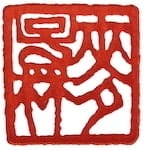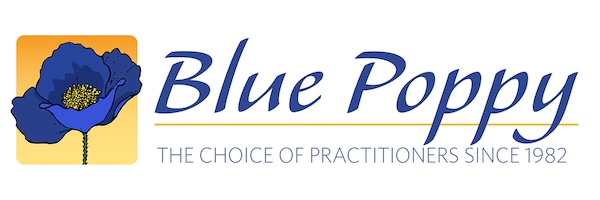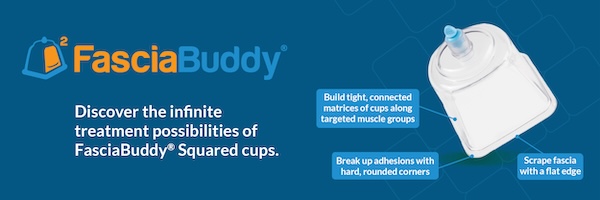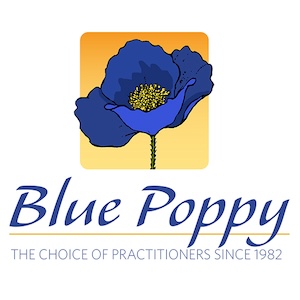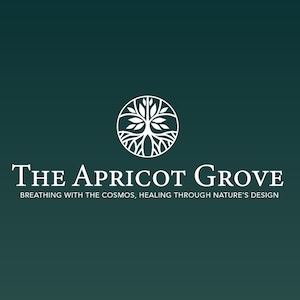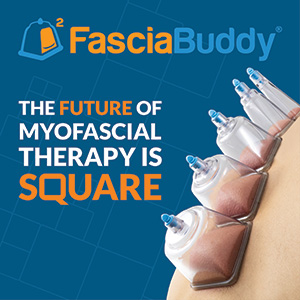In nature we see that rivers have a flow and shape, but in times of flooding or if there are obstructions they will find other ways to move their water downstream. The divergent channels can be seen as a channel phenomenon that allows the main channels to deal with various kinds of excess.
In this conversation with David Euler we explore his perspective on divergent channels and his process of using palpatory feedback as an aid in diagnosing and assessing the effectiveness of his treatments.
Listen into this discussion on channel flow, the wisdom of the body, and using your sense of touch to guide your treatment.
In This Conversation We Discuss:
- You don’t need theory when you have a body that gives you clear and immediate feedback
- The medicines of discovery and obedience
- Accepting that we might not understand, but we can learn to follow what the body is telling us
- Acupuncture is a handed down craft
- We hear about the divergences, but don’t learn enough to use them, and so they become mysterious
- Nadia Woolf’s observations on ears and divergence
- Considering divergent access and return points in similar to fashion to thinking about 8 extra master and couple points
- Stumbling into how divergent channels cross pressure sensitive points
- Divergences manifest when they are needed
- Post Covid Syndrome
- Bad nutrition, aghast and uncertainty make for a significant stagnation that can take up residence in the divergent channels
- Treating tinnitus
Here’s a great practical tip to find out where to start your treatment strategy with a patient who presents chronic or acute systemic inflammatory conditions: Palpate the Fire points. When a certain Fire point is painful upon firm (but not too strong palpation) you can needle the Metal and Water points on that meridian to reduce the pressure pain found. If the outcome is positive, it will give you a good idea where (organ, channel, divergent) to start your treatment. This is a diagnostic as well as a treatment strategy.
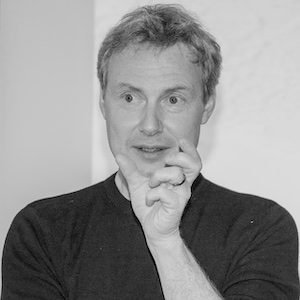 After completing My acupuncture studies in 1989, I knew there was a missing link that bridges between my theoretical knowledge and the clinical outcome. I started my search for a verification system that will guide my work. The first step in this direction was Paul Nogier’s RAC (the radial artery reflex arch) that zeroed in on a auricular point. However I needed something to verify my body acupuncture. Kiiko Matsumoto’s style, a blend of Japanese techniques, heavily relying on palpation, started my path on to the Palpation-Based Acupuncture style I am practicing and teaching today.
After completing My acupuncture studies in 1989, I knew there was a missing link that bridges between my theoretical knowledge and the clinical outcome. I started my search for a verification system that will guide my work. The first step in this direction was Paul Nogier’s RAC (the radial artery reflex arch) that zeroed in on a auricular point. However I needed something to verify my body acupuncture. Kiiko Matsumoto’s style, a blend of Japanese techniques, heavily relying on palpation, started my path on to the Palpation-Based Acupuncture style I am practicing and teaching today.
I learned that the body shows us what is to be corrected (in order to heal itself) and if the correct acupuncture point/s is/are inserted in the right way, the feedback is immediate. Areas that serve as “reflection” are often either very tight or painful upon palpation. This changes within seconds when the appropriate acupuncture point is manipulated and/or inserted in the right way.
Links and Resources
You can find out more about David’s seminars at:
Ohmatopoeia.com and davideuler.com
